Workshops
Learn how to master inkjet printing to produce beautiful, high-quality prints that truly showcase your art in this comprehensive workshop led by Ben Long.
There are no available registration dates at this time.
Instagram is great for immediately attracting a global audience to your work. It’s just too bad that those people never get to see finished work because the fact is that a photograph is not finished until it is on paper. If you’re skeptical of that claim then sign up for this course where we will begin with objective proof that photographs must be printed on paper to be considered complete. From there we’ll move on to a robust print workflow and methodology that will help you get the best possible results from any inkjet printer.
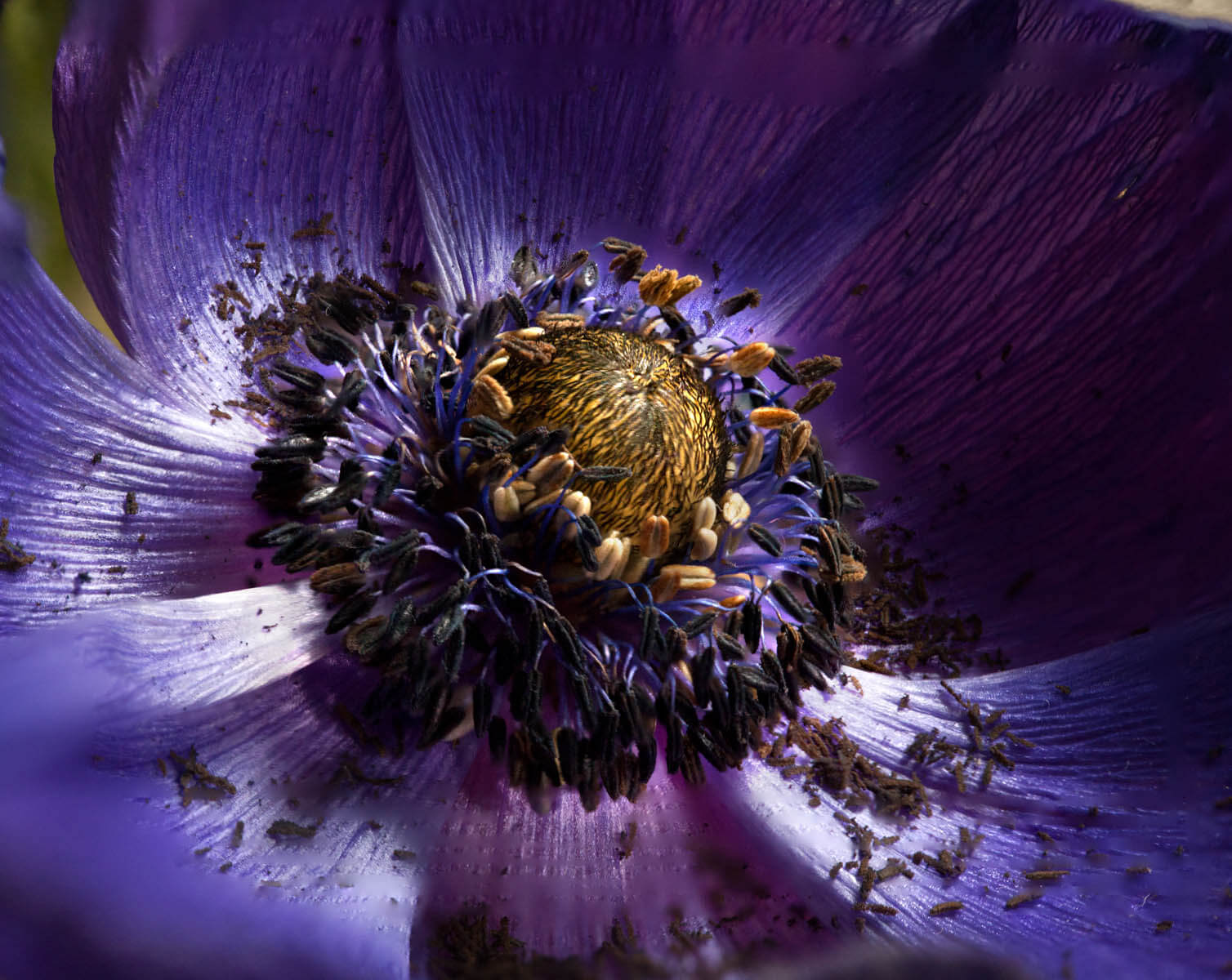
After taking a deep dive into histograms and how they’re critical to adjusting for print, we’ll look at a number of Photoshop techniques – and one feature unique to Photoshop – that is essential for getting the best possible results in both black and white and color. As with most things, to get good at printing you need to practice so we’ll be doing a lot of that with the goal of training your eye to recognize when specific tones are off by even small amounts. Along the way, group critique sessions will help us refine our aesthetic and learn to recognize when the problem with a print is the printing, not the content.
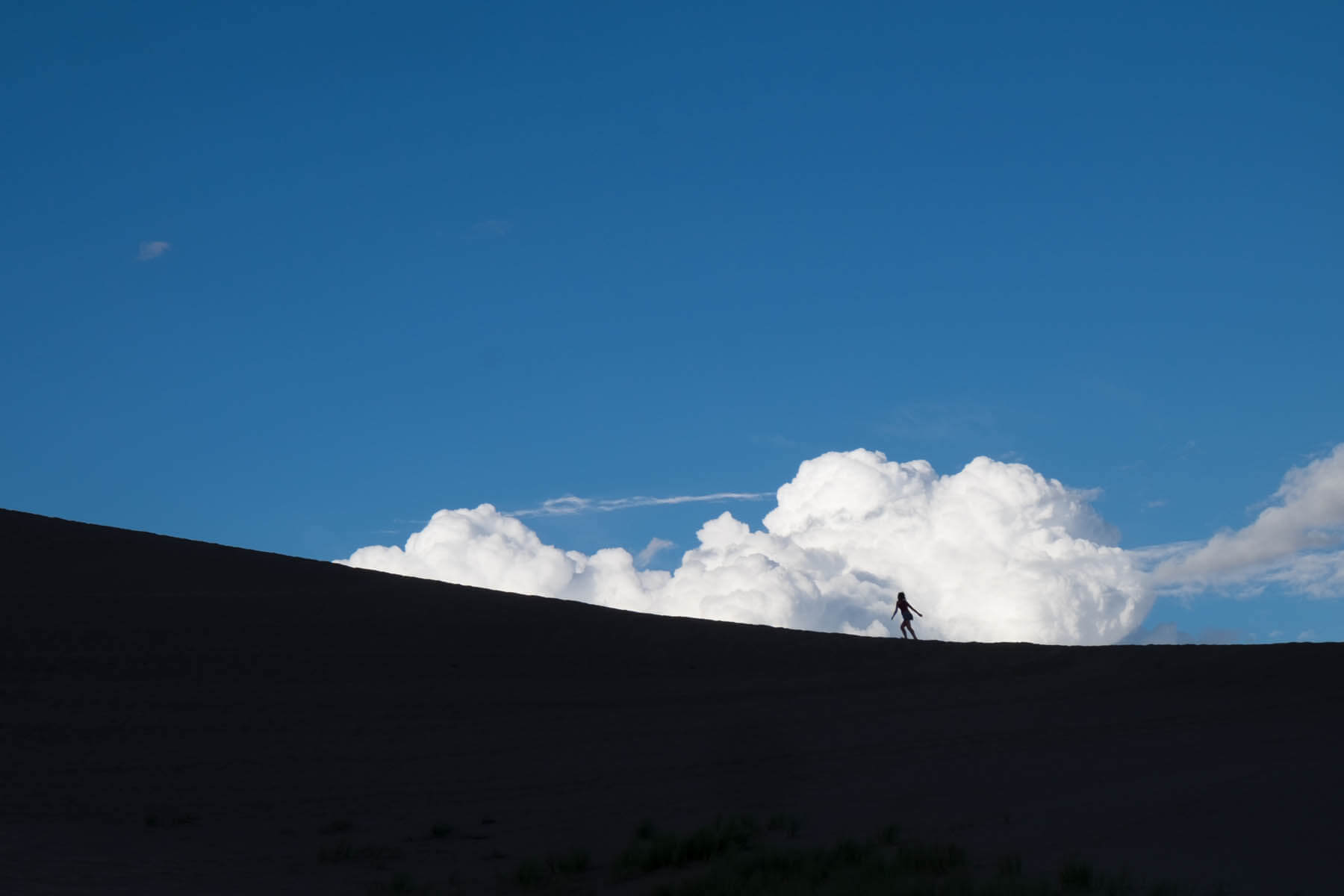
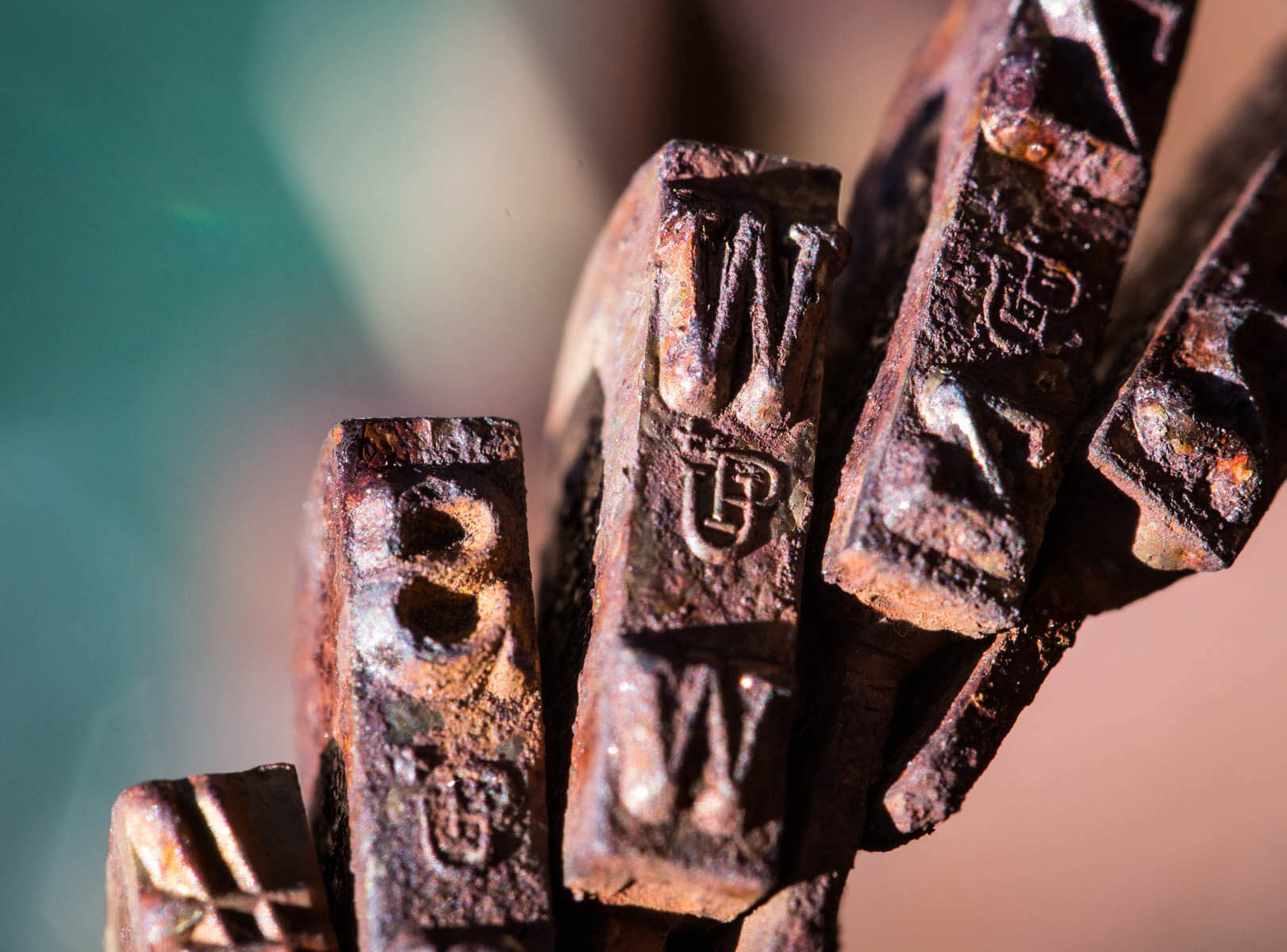
If you’ve tried printing before then you’ve already learned that prints usually don’t look like what you see on your monitor. We’ll dig into why and by the end of this course you should find that you can often get great results on your first print, without having to burn through multiple tests that drink ink and chew up paper. No one should have to sit in front of a computer all day, so if you want it, you’ll have time to shoot new material in the beautiful surrounding area on the coast of Maine.
The word “photography” derives from the Greek for “writing with light.” Printing is the point where you do that actual writing, so it’s a skill that should not be ignored. It’s also part of the photographic process that often includes the most light manipulation. As such, learning to print well can be a critical step in boosting your understanding of the interplay of light and shadow in a photo. Gaining that understanding will not only help you get better prints, it will change what you see through your camera’s viewfinder and that will make you a better photographer. And, of course, you’ll get the great relief of finally having some photos that are finished!
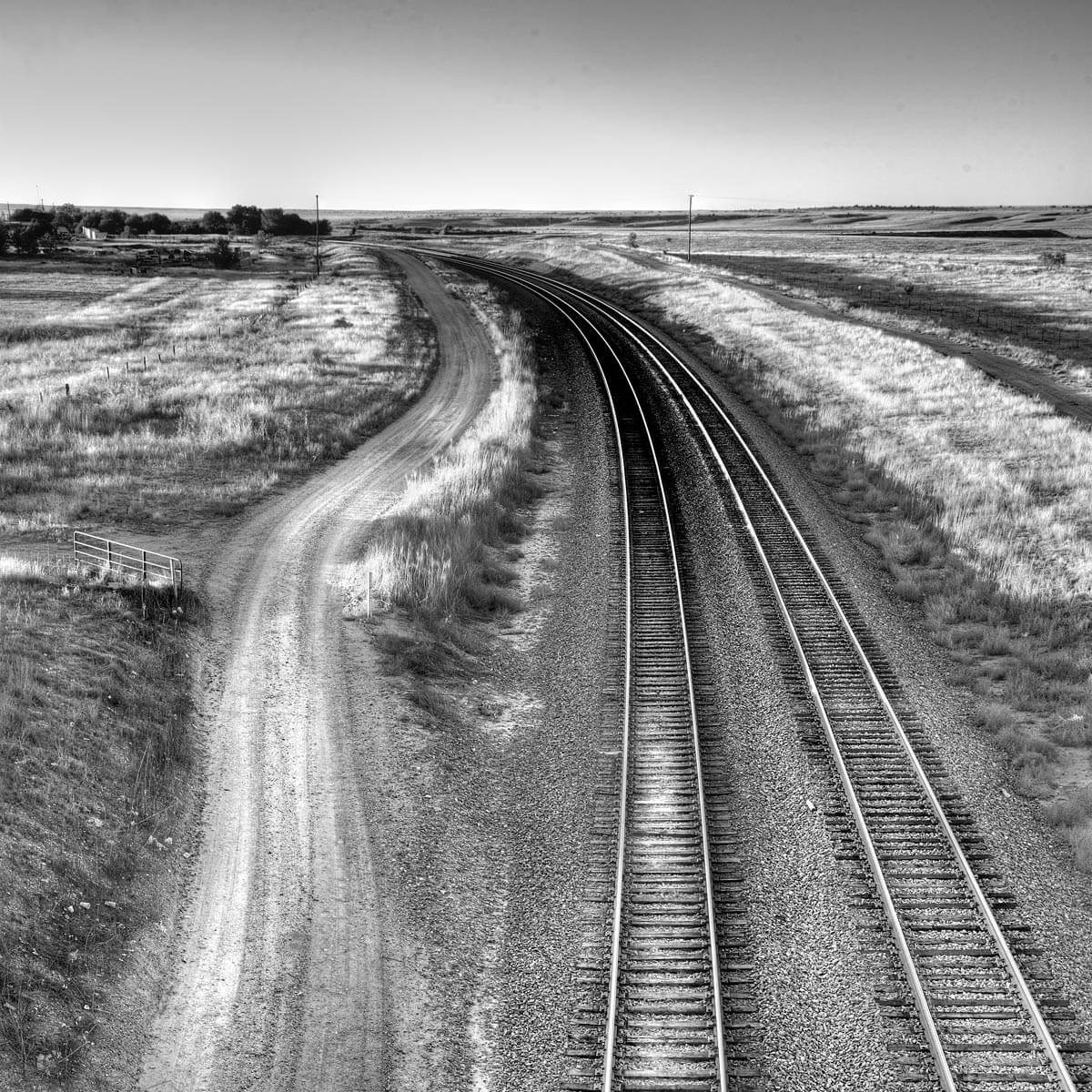
All images copyright Ben Long.
Share This
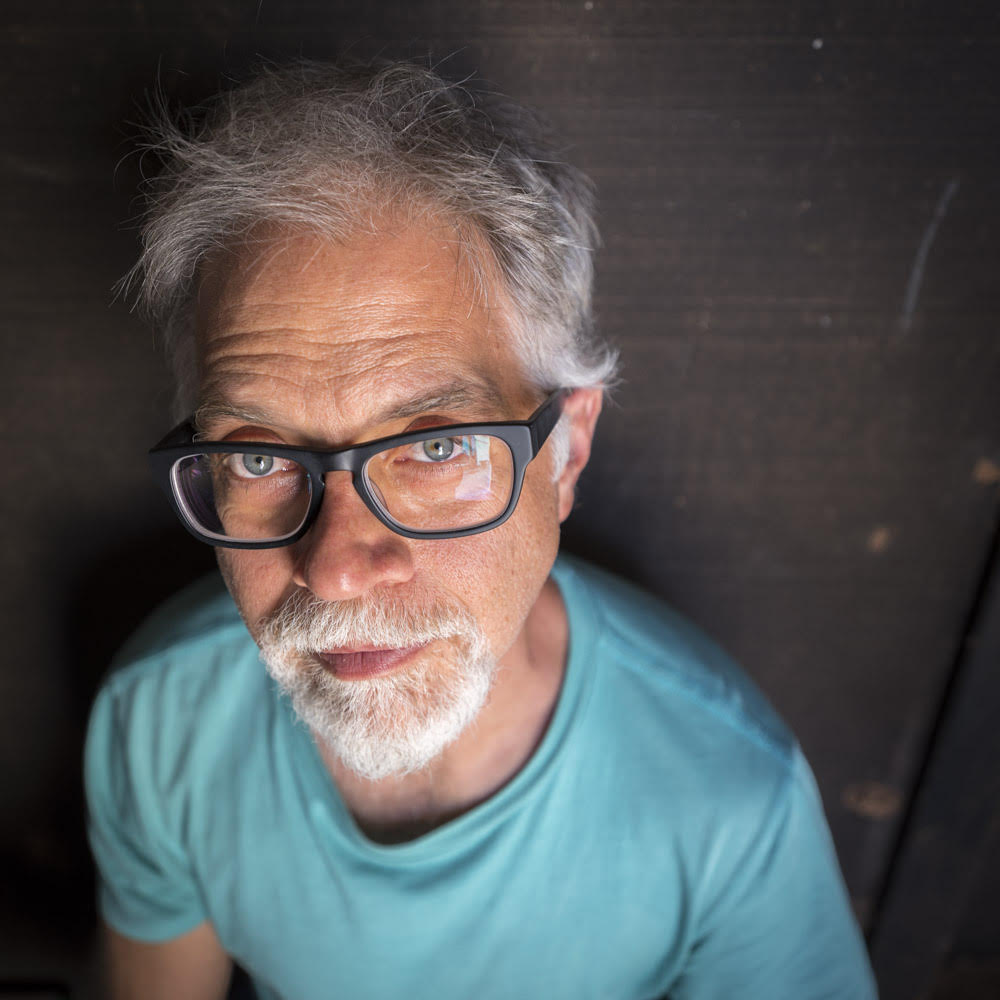
Instructor: Ben Long
Ben Long is a San Francisco-based photographer, writer, and teacher. He is the author of over two dozen books on digital photography and digital video. For years he covered photography and graphics software for such magazines as Macworld, MacUser, MacWeek and CreativePro.com. His photography clients have included 20th Century Fox, Blue Note Records, Global Business Network, the San Francisco Jazz Festival, the Pickle Family Circus, and Grammy-nominated jazz musicians Don Byron and Dafnis Prieto. He has taught and lectured on photography around the world, including workshops at the Santa Reparata International School of the Arts in Florence and a class for imaging engineers at Apple, Inc. He occasionally dabbles in computer programming and has written image editing utilities that are used by National Geographic, the British Museum, and the White House.

